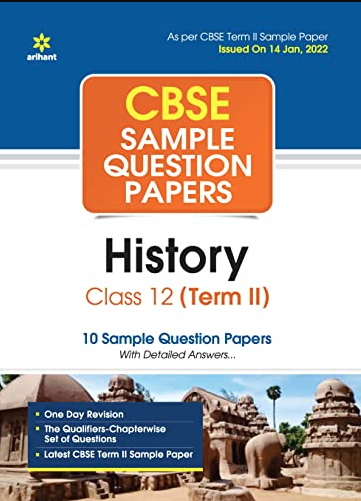Read the source given below and answer the questions that follows. The flight of the written word In Abu’l Fazl’s words: The written word may embody the wisdom of bygone ages and may become a means to intellectual progress. The spoken word goes to the heart of those who are present to hear it. The written word gives wisdom to those who are near and far. If it was not for the written word, the spoken word would soon die, and no keepsake would be left us from those who are passed away. Superficial observers see in the letter a dark figure, but the deep sighted see in it a lamp of wisdom (chirag-i shinasai ). The written word looks black, notwithstanding the thousand rays within it, or it is a light with a mole on it that wards off the evil eye. A letter (khat) is the portrait of wisdom; a rough sketch from the realm of ideas; a dark light ushering in day; a black cloud pregnant with knowledge; speaking though dumb; stationary yet travelling; stretched on the sheet, and yet soaring upwards. 8.1 Why were words considered as the lamp of wisdom? 8.2 How has Abul Fazal related words with knowledge? 8.3 How did Abul Fazal refer difference between a ‘common viewer’s observation’ and the ‘observation of a learned person?
CBSE Sample Question Paper, Class 12 HISTORY Term 2 Question - Read the source given below and answer the questions that follows. The flight of the written word In Abu’l Fazl’s words: The written word may embody the wisdom of bygone ages and may become a means to intellectual progress. The spoken word goes to the heart of those who are present to hear it. The written word gives wisdom to those who are near and far. If it was not for the written word, the spoken word would soon die, and no keepsake would be left us from those who are passed away. Superficial observers see in the letter a dark figure, but the deep sighted see in it a lamp of wisdom (chirag-i shinasai ). The written word looks black, notwithstanding the thousand rays within it, or it is a light with a mole on it that wards off the evil eye. A letter (khat) is the portrait of wisdom; a rough sketch from the realm of ideas; a dark light ushering in day; a black cloud pregnant with knowledge; speaking though dumb; stationary yet travelling; stretched on the sheet, and yet soaring upwards. 8.1 Why were words considered as the lamp of wisdom? 8.2 How has Abul Fazal related words with knowledge? 8.3 How did Abul Fazal refer difference between a ‘common viewer's observation’ and the ‘observation of a learned person?




